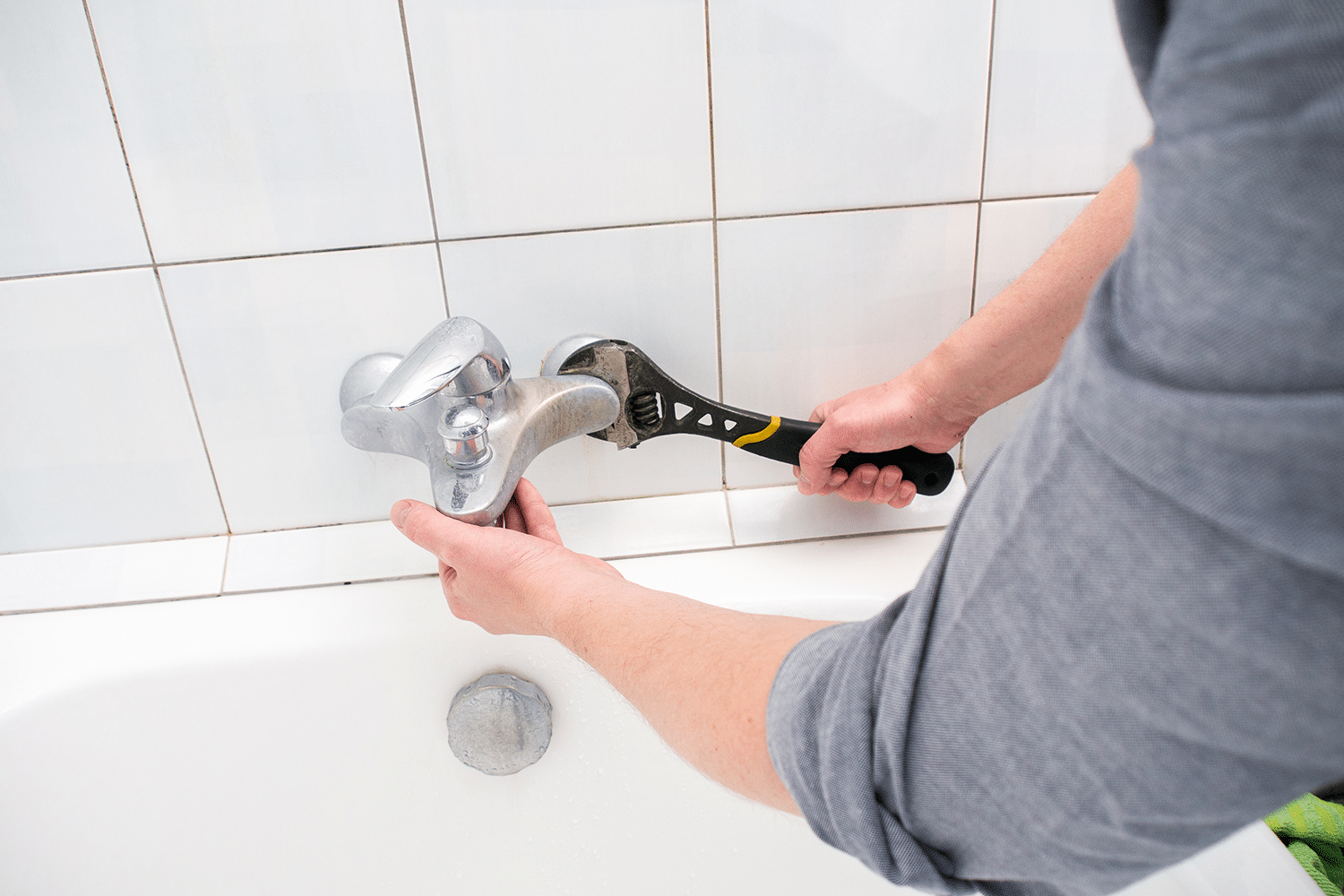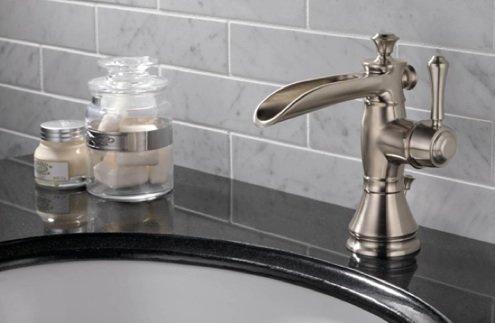Do you find yourself hunting for guidance about Why Are My Faucets Dripping (And Can I Fix It Myself)??

Dripping faucets might seem like a minor inconvenience, but their impact goes beyond simply the nuisance of the noise. From wasting water to incurring unnecessary financial prices and wellness threats, overlooking a dripping faucet can result in various repercussions. In this post, we'll explore why it's crucial to address this typical house concern promptly and effectively.
Wastage of Water
Environmental Influence
Leaking taps add substantially to water wastefulness. According to the Epa (EPA), a single tap dripping at one drip per second can squander more than 3,000 gallons of water each year. This not just stress water resources but also affects ecosystems and wildlife based on them.
Step-by-Step Overview to Dealing With a Dripping Faucet
Devices Called for
Before attempting to take care of a trickling faucet, gather the required tools, consisting of an adjustable wrench, screwdrivers, replacement components (such as washing machines or cartridges), and plumber's tape.
Usual Faucet Issues and Their Solutions
Determine the type of faucet and the details concern causing the drip. Common troubles consist of damaged washers, rusty valve seats, or damaged O-rings. Describe producer directions or on the internet tutorials for step-by-step support on repair work.
Financial Prices
Boosted Water Bills
Past the environmental impact, dripping taps can blow up water costs considerably. The collected waste in time converts right into greater energy costs, which could have been prevented with timely repair services.
Prospective Property Damage
Furthermore, prolonged trickling can result in damage to components and surface areas bordering the tap. Water build-up can trigger staining, deterioration, and even structural issues if left unattended, causing extra repair service prices.
Health Issues
Mold And Mildew and Mold Development
The consistent presence of dampness from a leaking faucet develops an optimal environment for mold and mildew and mildew development. These fungis not just endanger interior air top quality yet additionally present health and wellness dangers, especially for people with breathing conditions or allergic reactions.
Waterborne Diseases
Stationary water in leaking faucets can become a breeding ground for bacteria and other virus, raising the threat of waterborne conditions. Impurities such as Legionella microorganisms thrive in stagnant water, potentially causing significant ailments when consumed or inhaled.
Do it yourself vs. Expert Repair service
Benefits and drawbacks of Do It Yourself Repair Service
While some might attempt to repair a leaking faucet themselves, DIY repairs feature their very own collection of challenges. Without correct expertise and devices, DIY attempts can exacerbate the concern or bring about insufficient repair services, extending the problem.
Benefits of Working With a Specialist Plumber
Employing a professional plumber makes sure that the underlying source of the trickling tap is attended to efficiently. Plumbers possess the knowledge and tools to identify and repair faucet concerns efficiently, saving time and minimizing the threat of additional damage.
Environmental Responsibility
Specific Contribution to Conservation
Taking responsibility for dealing with leaking taps straightens with wider efforts towards water conservation and ecological sustainability. Every individual's activities jointly make a substantial impact on preserving priceless resources.
Lasting Living Practices
By prioritizing timely repair services and taking on water-saving routines, individuals add to lasting living practices that benefit both existing and future generations.
Preventive Measures
Regular Upkeep Tips
To prevent trickling taps, perform routine upkeep such as cleansing aerators, inspecting for leaks, and changing damaged parts immediately. In addition, consider mounting water-saving gadgets or updating to extra reliable components.
Importance of Prompt Services
Resolving dripping faucets as quickly as they're noticed stops more water wastefulness and possible damages, inevitably conserving both water and money in the long run.
Influence On Home Value
Assumption of Well-Maintained Residential Property
Keeping a property in good condition, consisting of resolving maintenance problems like trickling taps, enhances its perceived value and desirability among possible customers or tenants.
Impact on Resale Worth
Features with properly maintained plumbing fixtures, including faucets, command higher resale worths in the realty market. Dealing with leaking taps can add to a favorable perception during residential property examinations and settlements.
Conclusion
Addressing a dripping faucet goes beyond plain benefit; it's a vital action toward saving water, decreasing monetary costs, and securing health and wellness and building. Whether through DIY repair work or professional aid, acting to fix leaking faucets is a little yet impactful method to promote accountable stewardship of sources and add to a much healthier, more sustainable future.
How to Fix a Leaky Faucet: Step-by-Step Repair Guide
A leaky faucet may seem like a simple annoyance, but if it's not fixed promptly, that leak could cost hundreds to potentially thousands. From water damage to mold, mildew, and high water bills, even a tiny leak can be catastrophic if left unattended. Damage like this can even affect the overall value of your home, so it's important to take the right approach for leaky faucet repair. You may need the help of a plumber in some cases, but we've got a few tips you can try on how to fix a leaky faucet before calling the pros.
Four Faucet Types
When you're learning how to fix a leaky faucet, the first step is knowing what kind of faucet you're working with! There are four common types.
Cartridge Faucets
Cartridge faucets come in one- or two-handled varieties. In one-handled cartridge faucets, hot and cold water combines in a single cartridge. In the two-handled versions, hot and cold water are controlled separately and mixed in the faucet.
Ball Faucets
Ball faucets have a single lever you push up and down to adjust the pressure and rotate to change the temperature. A slotted metal ball controls the amount of water allowed into the spout.
Compression Washer Faucets
They're the oldest type of faucet, but they're still used in many homes — especially older ones. Compression faucets have two separate handles that, when turned, raise or lower the washer that seals a water valve. This valve stops water from flowing through the faucet when it is turned off.
Disc Faucets
Disc faucets rarely need to be repaired due to their maintenance-free design. The water flow is controlled by two discs — the upper one raises and lowers against a fixed lower disc, creating a watertight seal. If your disc faucet starts leaking, you may need to replace the seals or clean residue buildup from the inlets.
Fixing a Leaky Faucet
Step 1: Turn Off the Water
Whether you're learning how to fix a leaky bathtub faucet or how to fix a leaky kitchen faucet, always turn off the water supply to your working area when you're fixing a leak. The last thing you want is a flood added to your list of things to fix.
Look for the shutoff valves below your sink or around the tub and turn them clockwise to stop the water flow. If your faucet doesn't have shutoff valves, you may need to turn off the water for the whole house. Check to make sure it's off by turning the faucet on. If nothing comes out, you're ready to start the repair.
Step 2: Take Apart the Faucet
How you disassemble your faucet depends on the type of fixture you have. You can use a flathead screwdriver to remove the caps on top of the handle or handles for cartridge and compression faucets. Inside, you should see handle screws. Unscrew these with a screwdriver to remove the handle.
Disc- and ball-style faucets will typically have an inlet screw near the handle, and removing that will reveal the interior of the faucet.
Detach the Valve Stem
For cartridge- and compression-style faucets, you'll see the inner valve stem or cartridge once you remove the faucet handles. If you have a compression faucet, unscrew the brass valve stem. If you have a cartridge faucet, pull out the cartridge. If your cartridge has been in place for a while, it may require some tools or extra force to remove it due to mineral deposits.
Examine and Replace Parts
Once you've removed the parts, check them out to confirm what needs to be replaced. You may see corroded rubber washers, O-rings, stems, or cartridges. On a ball-style faucet, check the seats and springs for damage.
If you need to repair a leaky disc faucet, check the inlet and seals on the lower disc.
Once you determine what parts must be replaced, visit your local hardware store. Bring the damaged parts with you to ensure you can purchase the correct components to replace them.
Clean Valves and Faucet Cavity
If you've removed a stem or cartridge, you may notice mineral buildup in the faucet's threads. Use white vinegar to clean the valve seat by soaking it for a few minutes, then scrub it away with a soft toothbrush and rinse with warm water. You can also clean the interior of the faucet in the same way.
Reassemble the Faucet
Once your faucet is cleaned and the required parts have been replaced, it's time to reassemble it. Put the pieces back together and slowly turn the water supply back on. Doing this slowly is crucial because too much initial water pressure can damage the new hardware you've just installed.
https://homewarranty.firstam.com/blog/how-to-fix-leaky-faucet

I am very fascinated with and I hope you enjoyed reading my page. Sharing is caring. Helping people is fun. Thanks a bunch for being here. Please check up our blog back soon.